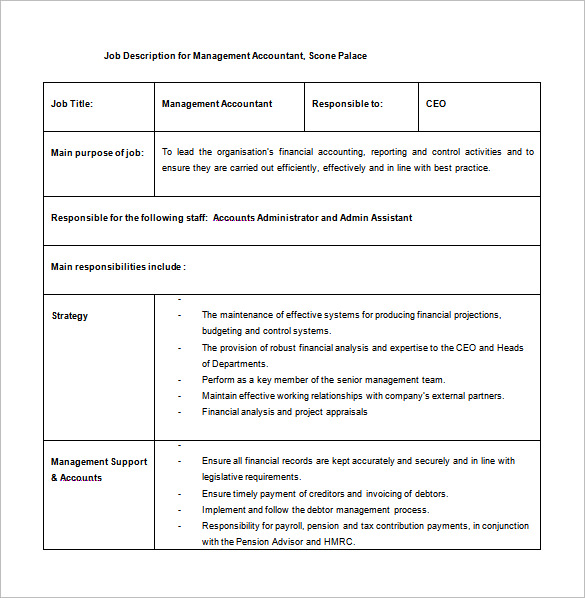
Variations from this stereotype, however, are identified in the local, time-specific settings of Lisbon and Oporto. The accountant stereotype depicted from 1860s to 1870s period is similar to the conventional accountant stereotype, identified as the “traditional accountant” stereotype. The dimensions of the accounting stereotype discerned for the two early accounting practitioners featured in these works are portrayed as: modest on-the-job trained practitioner uncreative, conservative and unenergetic honest financial manager servant of the capitalist (i.e. Two popular literary works – Uma Família Inglesa (An English Family), written by Júlio Dinis and published in 1867, and Singularidades de uma Rapariga Loura (The Idiosyncrasies of a Young Blonde Woman), written by Eça de Queirós and published in 1873 – were examined through a qualitative content analysis.

The purpose of this paper is to study the portrayal of early accountants in the unfamiliar site of Portugal by examining Portuguese-language realist literature from the second half of the nineteenth century. We conclude by examining the implications of this research for analysing stereotyping and the way the stereotype of the accountant has been developing in recent years.

This accords with the range of ways the word beancounter has been used as a stereotype of accountants in a database of newspapers and magazines published between January 1970 and June 1995. In order to explore further the different nuances of the beancounter stereotype, we develop a general model of stereotype generation. These nuances can be affected by the nature of the relationship different groups have with the stereotyped group.

Stereotypes may be generated from different sources, transmitted through varied media and associated with a range of subtly different nuances. Evidence is provided from a literature search on “beancounter" that this traditional stereotype is not disappearing, but that it is multifaceted, incorporating several very different nuances. Recently the stereotype has been confirmed as applicable in the past, but some have suggested that this long standing stereotype is disappearing. The image of the beancounter who is single-mindedly preoccupied with precision and form, methodical and conservative, and a boring joyless character has, until recently, been widely recognized as the clear stereotype of the accountant.


 0 kommentar(er)
0 kommentar(er)
